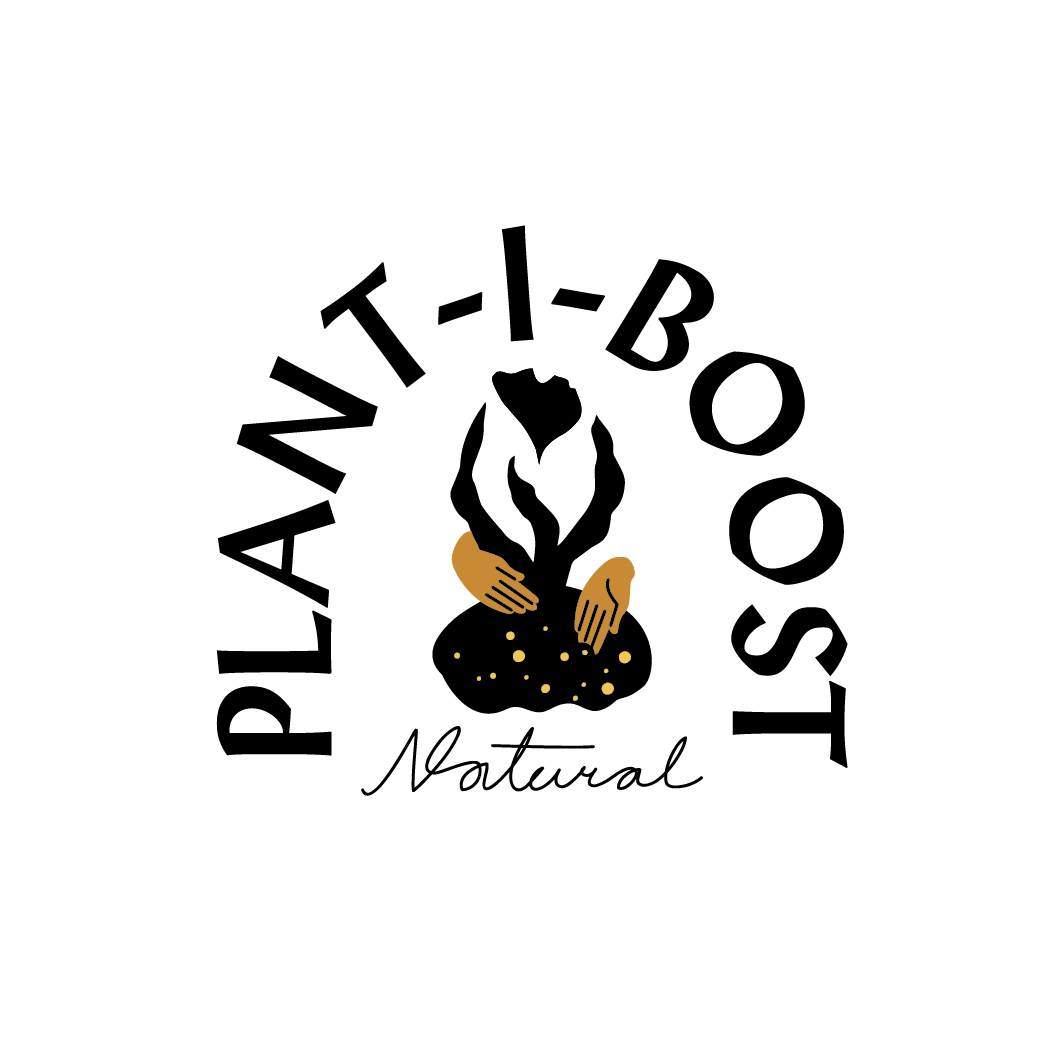


WHAT IS NPK?
These three letters are the primary macronutrients in most plant foods:
N = NITROGEN – supports healthy growth, color, and development of leaves and stem
Nitrogen is the most important nutrient for supporting plant growth. It is a key component in photosynthesis that feeds the plant and helps give it its green color. Fertilizers high in nitrogen are for grasses or other plants where green foliage growth is more important than flowering. Generally, it is important to have higher nitrogen in spring and summer and decreased nitrogen in fall and winter. Too little nitrogen at the wrong time denies the plant what it needs to grow and reproduce effectively. Too much nitrogen at the wrong time can cause plants to make new sprouts that will not live through the colder seasons. A tell-tale sign of insufficient nitrogen is yellowing leaves.
P = PHOSPHORUS – for beautiful flowers and big fruits
Phosphorus is found in every living plant cell. It participates in several key plant functions, including energy transfer, photosynthesis, transformation of sugars/starches, nutrient movement within the plant, and transfer of genetic characteristics from one generation to the next. It is largely responsible for developing flowers and fruits and helps plant roots quickly adapt to the soil around them. A shortage of phosphorus leaves roots weak and underproduction of flowers and fruits.
K = POTASSIUM – protects against disease
Often called potash, potassium helps plants use water efficiently and resist drought and disease and enhances the overall function of the plant. A proper potassium level deters the growth of harmful fungi, bacteria and viruses and even helps the plant fight off insects and mites. It assists in the absorption of other nutrients (like nitrogen) into the plant and is especially important for plants growing in colder and drier environments. Too little potassium will cause a plant to grow slowly or not at all and will hamper the development of blossoms.
When used together in plant food, these three nutrients form what is called the “N-P-K ratio” — the proportion of nitrogen (N), phosphorus (P) and potassium (K) in that order. The product’s N-P-K numbers reflect each nutrient’s percentage by weight.
We make two plant food formulas – one for the growing season and one for the dormant season.
Plant-I-Boost has NPK “8-5-1” which means that it contains 8% nitrogen, 5% phosphorus and 1% potassium, in addition to other beneficial ingredients, all in one package. Use Plant-I-Boost™ during warm-weather months to support maximum plant growth, greener leaves, bigger and more abundant blossoms, and fruit.
Sleepy Plants has NPK “3.7-6-12” which means that it contains 3.7% nitrogen, 6% phosphorus and 12% potassium, in addition to other beneficial ingredients, all in one package. Use Sleepy Plants™ during the cool-weather months to support stable plant growth and overall health and appearance.
